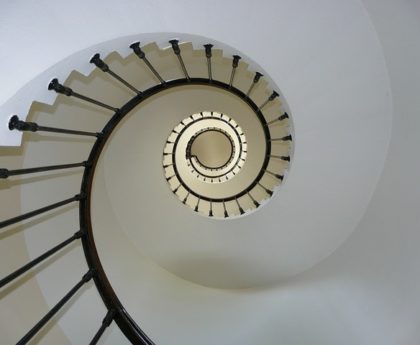The human eye is an amazing thing. It’s what lets us see the world around us, with varying degrees of success. We have three cones in our eyes, allowing us to see most colours, mainly red, green and blue. This means that we can live in a bright, lustrous world. Assuming your eyes actually work, of course. But the eye is a very complicated organ that doesn’t do anything unless there’s a brain attached to it. Without the brain automatically correcting things, eyes just project upside down images into nothing. What’s the most interesting thing though is that the eyes and the brain can be tricked, and pretty easily too.
Optical illusions
There are so many optical illusions out there, which trick the eye into seeing something that isn’t there. One of the more famous optical illusions is that of the faces and the vase.
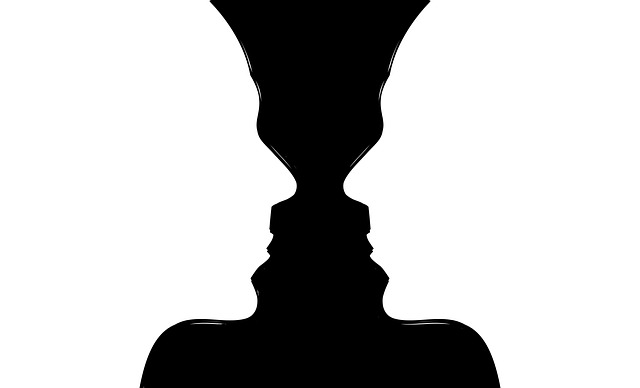
In this illusion, the eyes struggle between showing two different views. When focused on the black part, you see a vase or candle holder. Focus on the white though and you can see two faces looking at each other. It’s a nice optical illusion that doesn’t stress you out too much.
However, there are many other types of optical illusion, and many of them have you see something moving, when you and your eyes are stationery.
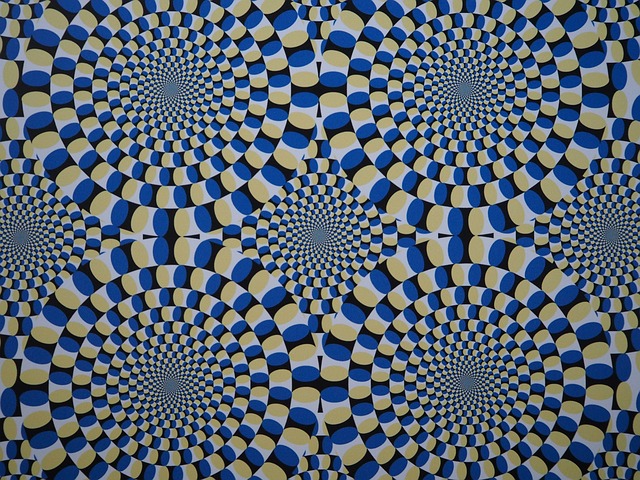
This optical illusion seems like it moves quite a lot. Your brain can’t focus on it properly, and the movement is always just outside of your vision, and directly looking at a section seems to move very little. However, the image isn’t moving at all. It’s a completely stationary image with no movement at all.
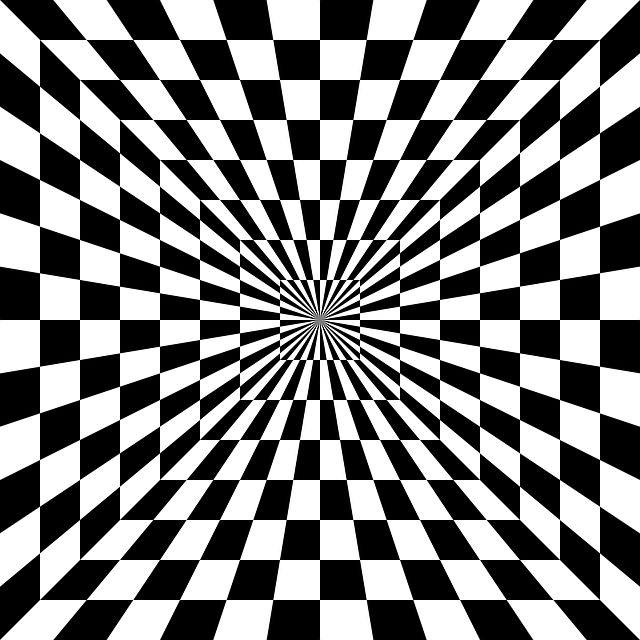
Then we have these sorts of illusions, where lines seem to bend and curve, despite the fact that they’re straight. You can measure the lines with a ruler, but our eyes refuse to see that the lines are all straight.
Impossible colours
While we can see a lot of colours, there are more that we can’t see. For example, humans can’t see infrared or ultra violet. What limits us is the number of cones we have in our eyes. We have three, but other animals, like goldfish, actually have four cones. On the flip side, many animals only have two cones, and are partially colour blind in one way or another. The reason why the tiger is a bright orange isn’t a fluke, it’s because a tiger’s prey, often deer-like animals, can’t see the colour orange properly, it appears as an odd, brown-y green colour. The Mantis Shrimp have 12 or more of photoreceptors, meaning we have no idea what they can see.
However, cones aside, there are still colours we can’t technically see. These colours are best seen via the below image.
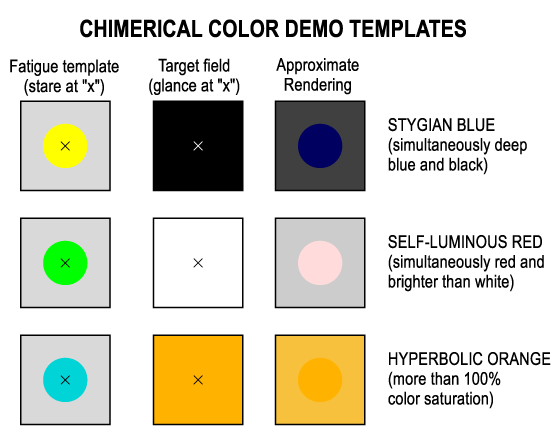
These colours are just weird, and mess with your mind. They’re not real colours, you can’t paint a house with them or anything, yet they still appear if your eyes focus enough.
But sometimes impossible, or rather improbable colours can appear elsewhere. While the Blue Dress VS Gold Dress image was a thing, people couldn’t make up their minds on what the real colour was. You could open the image in something like Photoshop, zoom right in and select individual pixels, they don’t quite work the same way our eyes do. Pixels of different colours group together to make larger colours, and just zooming in means you’re not seeing the whole picture. It doesn’t help that everyone sees colours slightly differently.
Our eyes are fantastic things, connected to our even more amazing brains. But we are very easily tricked, just by a few patterns and odd looks. But really though, we should be envying the Mantis Shrimp and its 12 cones. Imagine what it’d be like to see that? I bet it’d be awesome.




